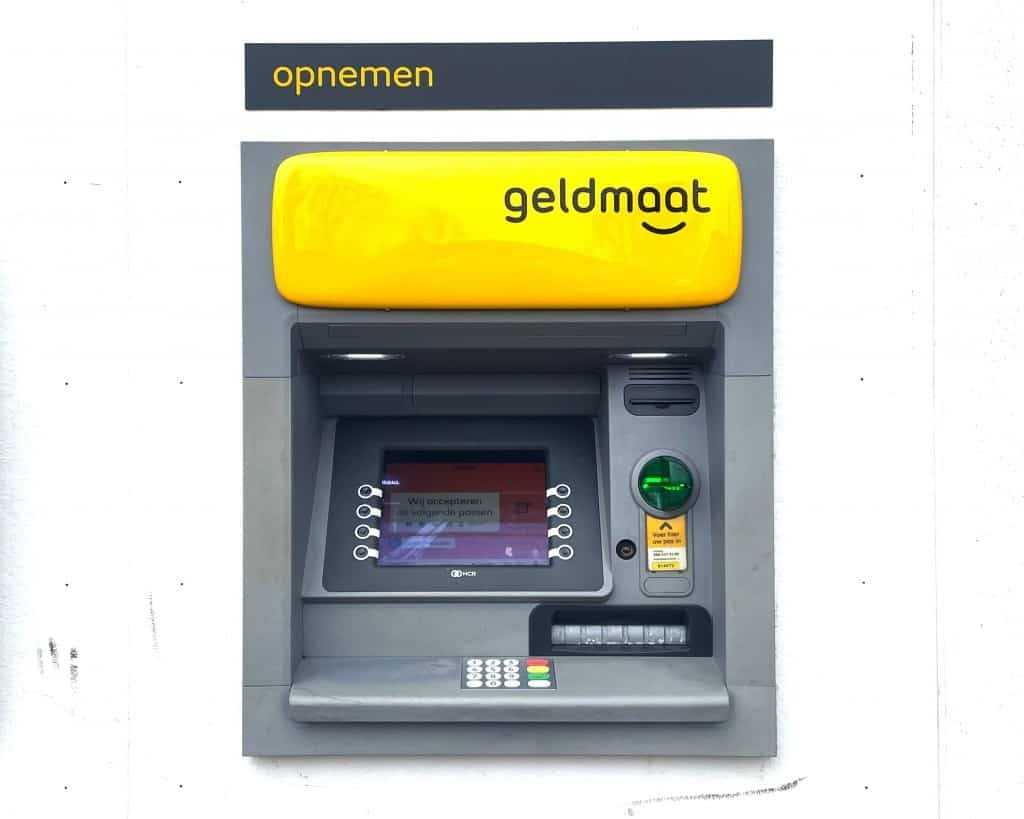Navigating Currency Exchange in Rome
Traveling to Rome is an exciting adventure, but dealing with currency exchange can be a bit daunting, especially with the potential for hidden fees. Whether you’re exchanging money at the airport, a local bank, or a currency exchange kiosk, it’s crucial to be aware of the costs involved. This guide will help you avoid unnecessary fees and ensure you get the best value for your money.
Choose the Right Exchange Method
When exchanging money in Rome, you have several options, each with its own pros and cons. The most common methods include using ATMs, currency exchange offices, and banks.
- ATMs: Using an ATM is often the most convenient and cost-effective way to get euros. Look for ATMs associated with major banks to avoid high fees. Before you travel, check with your bank about international withdrawal fees and notify them of your travel plans to prevent your card from being blocked.
- Currency Exchange Offices: These are widely available in tourist areas, but they often charge high fees or offer poor exchange rates. If you must use one, compare rates at different locations and ask about any additional fees before proceeding with the transaction.
- Banks: Banks generally offer better exchange rates than currency exchange offices. However, they may charge a service fee. It’s a good idea to visit during off-peak hours to avoid long lines and ensure you have your passport for identification.
Be Aware of Dynamic Currency Conversion
Dynamic Currency Conversion (DCC) is a service offered by some merchants and ATMs that allows you to pay in your home currency instead of euros. While it might seem convenient, it often comes with a poor exchange rate and additional fees. Always opt to pay in euros to avoid these hidden costs. When using your credit card, decline the option for DCC and let your bank handle the conversion, as they typically offer better rates.
Plan Ahead and Monitor Exchange Rates
Planning ahead can save you from last-minute currency exchange hassles and hidden fees. Here are some tips to consider:
- Monitor Exchange Rates: Keep an eye on exchange rates before your trip. Use online tools or apps to track fluctuations and exchange your money when rates are favorable.
- Pre-Order Currency: Some banks and currency exchange services allow you to pre-order foreign currency at a locked-in rate. This can be a good option if you want to avoid the uncertainty of fluctuating rates.
- Carry a Mix of Payment Methods: While it’s wise to have some cash on hand for small purchases, carrying a credit or debit card can be more secure and often provides better exchange rates. Ensure your cards have no foreign transaction fees to avoid extra charges.
